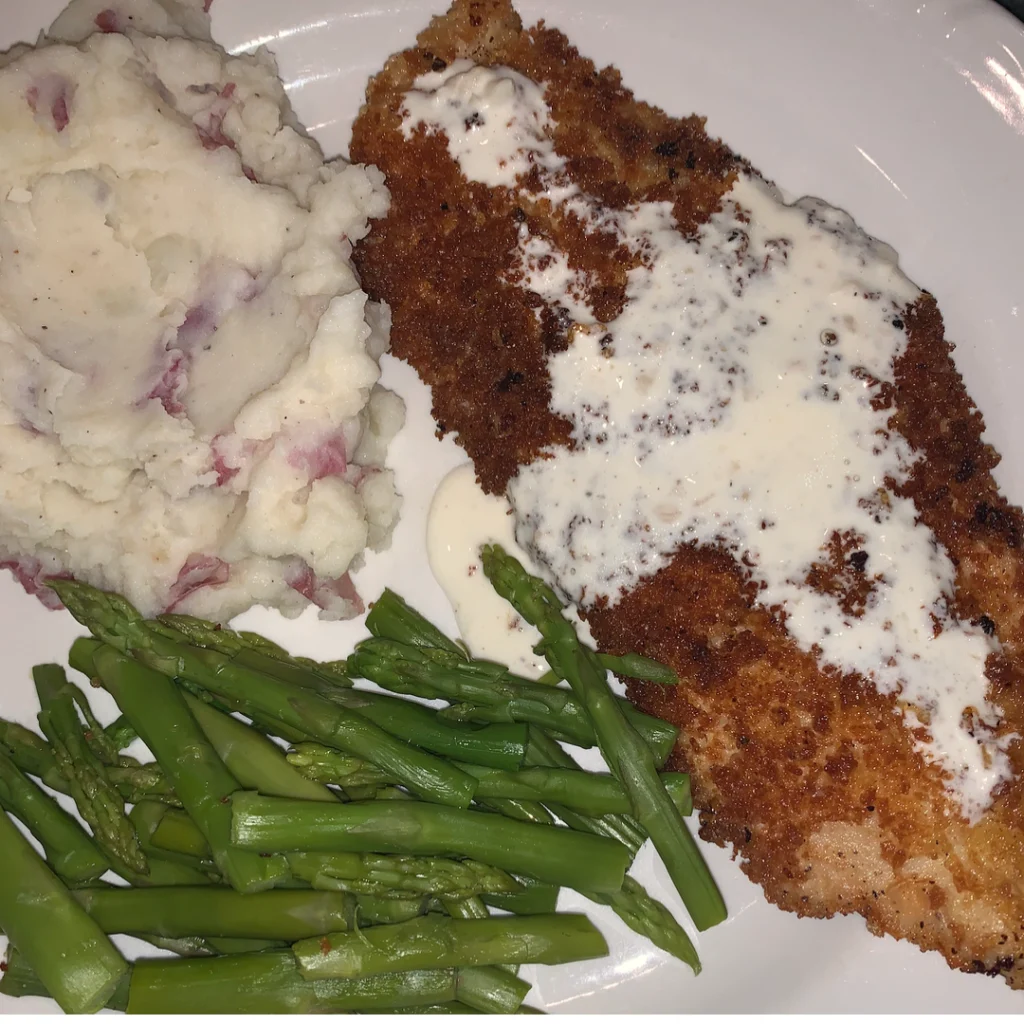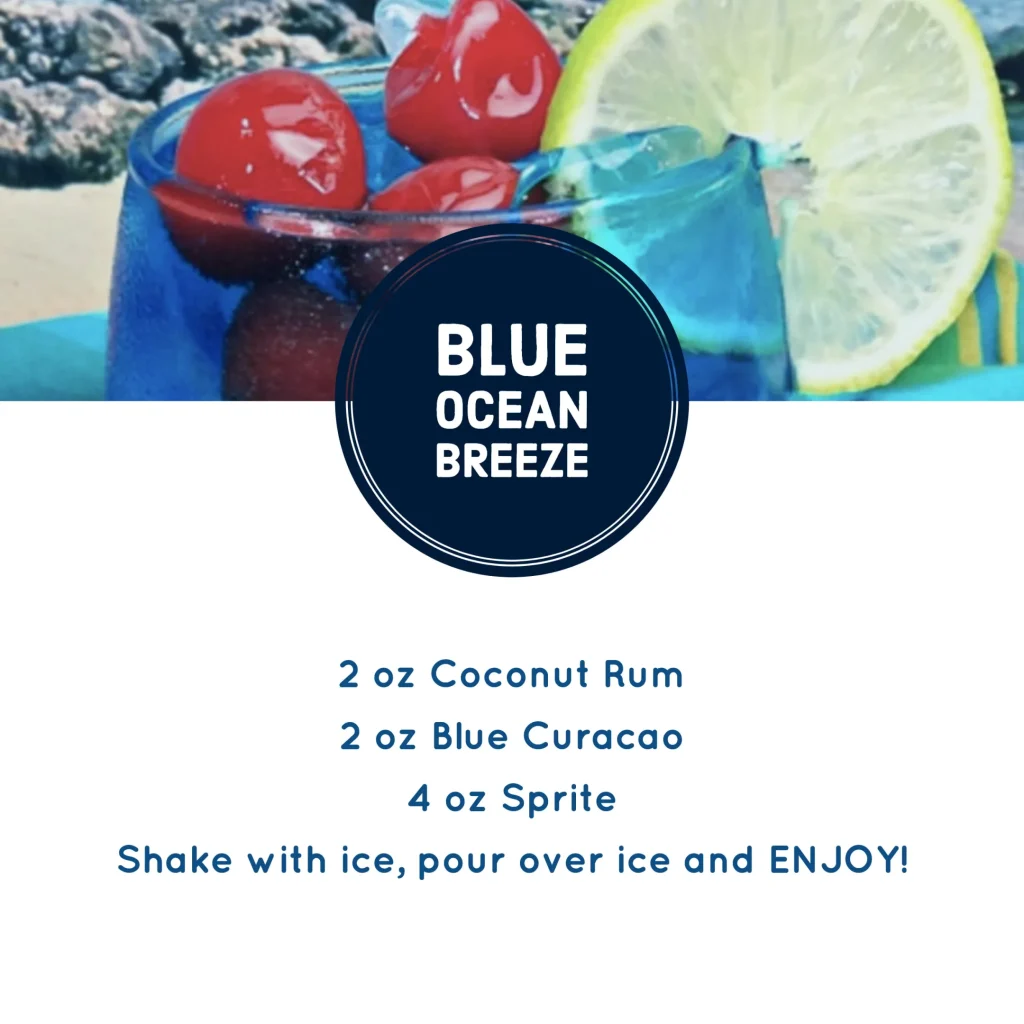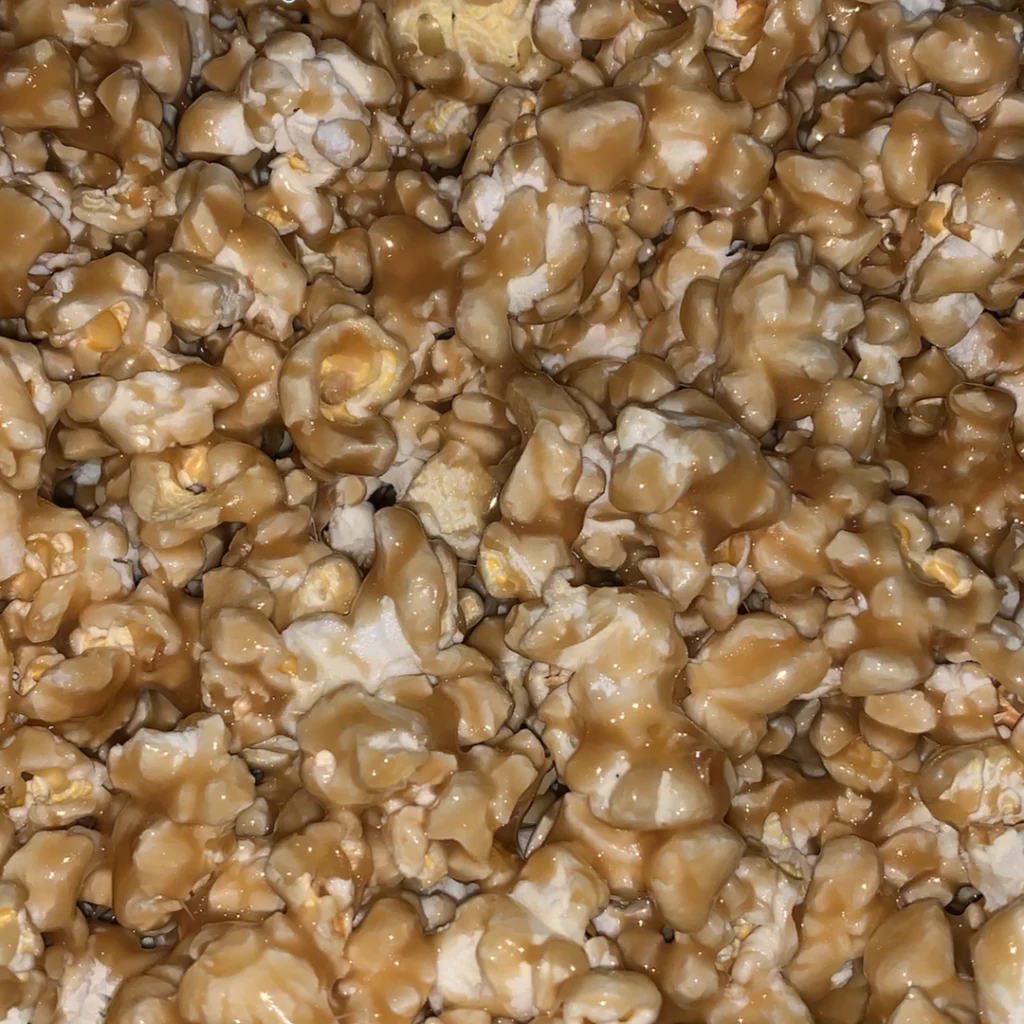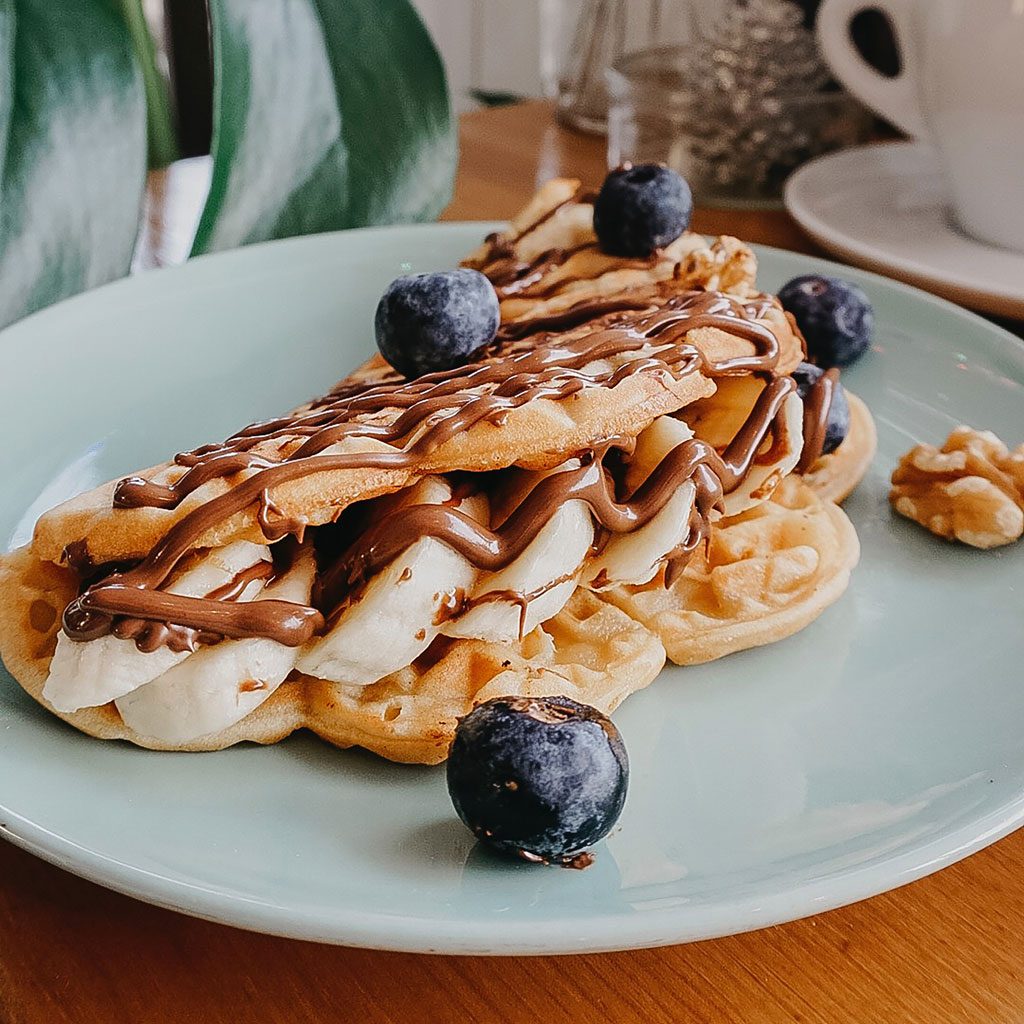Are you tired of the disappointment that comes with pulling out freezer-burned food from your freezer? It’s frustrating to waste time and money on ingredients that have lost their flavor and quality. But fear not! There’s one mistake that many people make when freezing food, and it’s time you learned how to avoid it.
In this article, we’ll dive into the art of freezing food correctly, covering everything from understanding the freezing process to proper packaging techniques and organizing your freezer. We’ll even tackle the often-overlooked topic of thawing food correctly. By the end of this, you’ll be equipped with the knowledge to ensure your frozen food stays fresh and delicious for months on end. Say goodbye to freezer burn and hello to flavorful meals that will leave your taste buds singing!,
Understanding the Freezing Process
To effectively avoid the dreaded freezer burn and ensure the flavor and quality of your frozen food, it’s crucial to understand the science behind the freezing process. Freezing food is more than just tossing it in your freezer and hoping for the best – it requires a bit of know-how.
When food is frozen, its moisture turns into ice crystals. These ice crystals are the primary culprits behind freezer burn. As the food stays in the freezer for an extended period, the moisture from the food migrates to the surface and evaporates, forming those unappetizing ice crystals. The longer the food stays frozen, the more likely it is to suffer from freezer burn.
The rate at which food freezes also plays a significant role in maintaining its quality. Slow freezing can result in the formation of larger ice crystals, which can damage the texture and cell structure of the food. On the other hand, quick freezing, also known as flash freezing, helps create tiny ice crystals that are less damaging to the food’s overall quality.
To achieve a quick freeze, it’s vital to set your freezer to the coldest setting before introducing the food. This allows the food to freeze rapidly, reducing the chances of freezer burn and preserving its taste and texture.
Another aspect of the freezing process to keep in mind is the importance of packaging. Proper packaging not only helps prevent freezer burn but also keeps the food fresh and free from unwanted odors. Airtight packaging, such as freezer bags or containers, creates a barrier against moisture and air, limiting the formation of ice crystals and extending the food’s shelf life. Be sure to remove as much air as possible from the packaging before sealing it to maximize freshness.
By understanding the freezing process and taking a few extra steps to ensure proper freezing techniques, you can maintain the quality and flavor of your frozen food. Next, we’ll explore the common mistake to avoid, which often leads to freezer burn and disappointment in the kitchen.
The Common Mistake To Avoid
Now that we have a better grasp of the freezing process, it’s crucial to address a common mistake that many people make when freezing food. By understanding and avoiding this misstep, you can ensure that your frozen meals retain their quality and taste when it’s time to enjoy them.
The mistake to avoid involves improper packaging techniques. While it may be tempting to simply throw your food into a freezer bag or container and call it a day, this approach can lead to negative consequences. Improper packaging can result in freezer burn, loss of flavor, and even potential contamination.
Freezer burn occurs when food is exposed to air inside the packaging, causing moisture to evaporate and ice crystals to form. This can lead to a dry, tough texture and a loss of flavor. To avoid freezer burn, it’s important to remove as much air as possible from the packaging before sealing it. Vacuum sealing, if possible, is the most effective method for eliminating air.
Another aspect of proper packaging is choosing the right containers or bags. Avoid using containers that are too large for the amount of food you are freezing, as this can lead to more air exposure. Instead, opt for containers or bags that fit snugly around the food, leaving minimal empty space. This will help prevent air from reaching the food and causing freezer burn.
Additionally, it’s essential to label your frozen packages with the contents and date of freezing. This simple step allows you to keep track of how long each item has been stored and prioritize consumption accordingly. By knowing the age of your frozen meals, you can rotate them properly and avoid any potential waste.
By understanding and avoiding the common mistake of improper packaging techniques, you’ll be able to maximize the quality and taste of your frozen meals. In the next section, we’ll dive deeper into the proper packaging techniques that will help you preserve the freshness and flavor of your frozen food for longer periods.,
Proper Packaging Techniques
To ensure the longevity and flavor of your frozen food, proper packaging techniques are key. While it may be tempting to simply throw items in a freezer bag and call it a day, this approach can lead to freezer burn and loss of taste. By taking a little extra time to package your food correctly, you can maintain its quality and enjoy it at its best for longer periods.
One important aspect of proper packaging is ensuring that all air is removed from the packaging. Oxygen is the main culprit behind freezer burn, as it causes the food to dry out and develop unappetizing textures and flavors. To avoid this, use airtight containers or freezer bags designed specifically for freezing. Press out as much air as possible before sealing, or use vacuum-sealing techniques if available. This will create a protective barrier around your food, preserving its freshness and taste.
Another key aspect to consider is the size and portioning of your packages. It’s recommended to divide large batches of food into smaller, individual or family-sized portions. This allows for easier thawing and prevents the need to defrost the entire package when you only need a portion. It also helps to prevent potential waste, as you can defrost only what you need without having to thaw and refreeze the rest.
Additionally, it’s essential to label your frozen packages with the contents and date of freezing. This simple step allows you to keep track of how long each item has been stored and prioritize consumption accordingly. By knowing the age of your frozen meals, you can rotate them properly and avoid any potential waste.
By understanding and avoiding the common mistake of improper packaging techniques, you’ll be able to maximize the quality and taste of your frozen meals. In the next section, we’ll dive deeper into the proper packaging techniques that will help you preserve the freshness and flavor of your frozen food for longer periods. This knowledge will set the foundation for effectively organizing your freezer and ensuring that your frozen food remains in optimal condition.,
Organizing Your Freezer
Once you have mastered the art of proper packaging techniques and ensured the quality and taste of your frozen meals, it’s time to turn our attention to organizing your freezer. Proper organization is key to maintaining optimal conditions for your frozen food and avoiding any potential issues.
First and foremost, it’s important to have a plan when it comes to arranging your frozen items. Designate specific areas or zones in your freezer for different types of food. For example, you may want to allocate one section for meats, another for vegetables, and yet another for prepared meals. This will not only make it easier to find what you need but also prevent cross-contamination and keep your freezer tidy.
Consider investing in storage containers or bins to further streamline your organization efforts. These containers can help keep similar items together and prevent them from getting lost or buried in the depths of your freezer. Labeling these containers can be a great way to ensure you know exactly what’s inside, making it even easier to find what you’re looking for.
Utilizing shelves and drawers effectively can also make a significant difference in your freezer organization. Take advantage of any adjustable shelves or dividers to create separate compartments within your freezer. This will help you maximize the available space and prevent items from becoming jumbled together.
In addition to the physical arrangement of your frozen items, it’s worth revisiting the “first in, first out” principle. As you add new packages of frozen food, make sure to place them behind the older ones. By doing so, you will naturally reach for the older items first, ensuring that nothing gets forgotten or left unused for too long.
Now that you have learned the importance of proper packaging and have some practical tips for organizing your freezer, it’s time to move on to the next crucial step: thawing food correctly. This knowledge will complete your arsenal of freezing and storage techniques, helping you make the most of your frozen meals without compromising quality or taste.,
Thawing Food Correctly
Now that you have learned the importance of proper packaging and have some practical tips for organizing your freezer, it’s time to move on to the next crucial step: thawing food correctly. This knowledge will complete your arsenal of freezing and storage techniques, helping you make the most of your frozen meals without compromising quality or taste.
Thawing your food correctly is essential to ensure that it retains its flavor and texture. Improper thawing methods can lead to uneven thawing, bacteria growth, and loss of moisture, resulting in less enjoyable meals. To avoid making this mistake, here are some tried-and-true methods for thawing your frozen food:
- Refrigerator Thawing: This is the safest and easiest method for thawing most foods. Simply transfer your frozen items to the refrigerator and allow them to thaw slowly over time. The cold temperature of the fridge will keep bacteria growth at bay, while the gradual thawing will help maintain the food’s moisture and taste. However, this method requires some planning as it can take several hours or even days, depending on the size and density of the food.
- Cold Water Thawing: If you need to thaw your food quickly, a cold water bath is your best bet. Place the frozen package in a leak-proof plastic bag and submerge it in a bowl of cold water. Change the water every 30 minutes to ensure that it stays cold. This method is faster than refrigerator thawing but requires more hands-on attention and should be done immediately before cooking.
- Microwave Thawing: Microwaves offer a convenient option for fast thawing, but they can also be tricky. If you decide to use this method, make sure to follow the manufacturer’s instructions for defrosting. Many microwaves have a specific defrost setting based on the weight or type of food. Be cautious not to partially cook the food during the defrosting process, as this can affect its quality. It’s best to use the microwave thawing method only when you plan to cook the food immediately afterward.
By thawing your frozen food correctly, you ensure that each meal you prepare maintains its delicious taste and texture. Whether you choose the gradual process of refrigerator thawing, the quicker option of cold water thawing, or the convenience of microwave thawing, understanding these techniques will help you make the most of your frozen ingredients.
Now armed with the knowledge of proper freezing, storage, and thawing techniques, you can confidently navigate the world of freezing food. In the next section, we will explore some additional tips and tricks to help you optimize your frozen food experience.,
In conclusion, properly freezing food is a skill that can lead to mouthwatering meals even months later. By understanding the freezing process, avoiding the common mistake, mastering proper packaging techniques, organizing your freezer, and thawing food correctly, you can ensure that your frozen dishes retain their freshness and flavor. So, take the time to follow these simple guidelines and let your taste buds savor the rewards. As author Elizabeth David once said, “The freezing process is nature’s pause button, allowing us to savor the seasons all year round.” Embrace this wisdom and start preserving your culinary delights with care. Your future self will thank you for the delectable surprises that await in your freezer.










